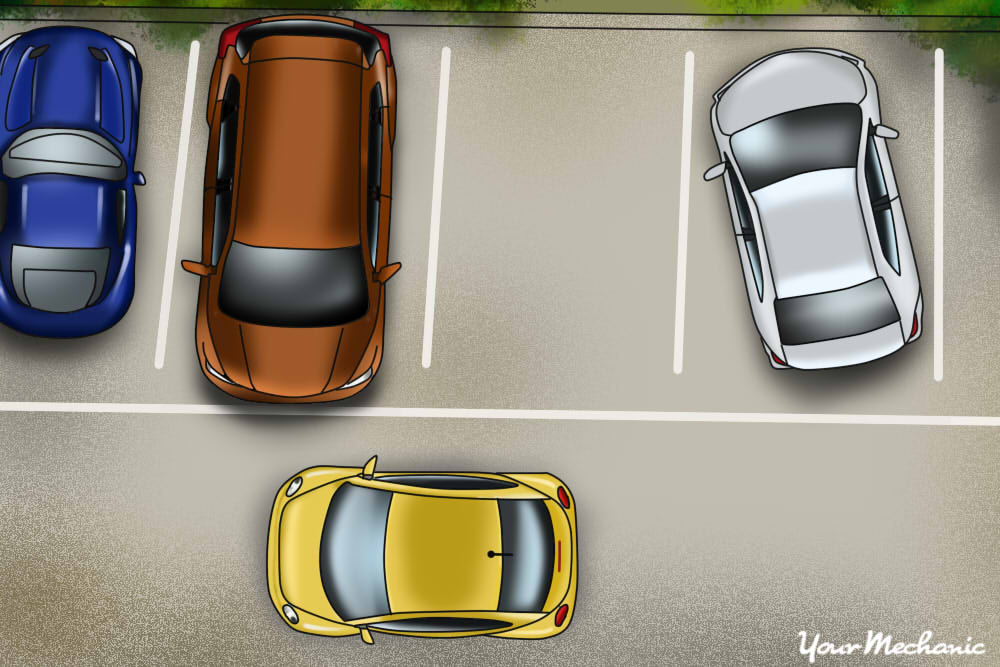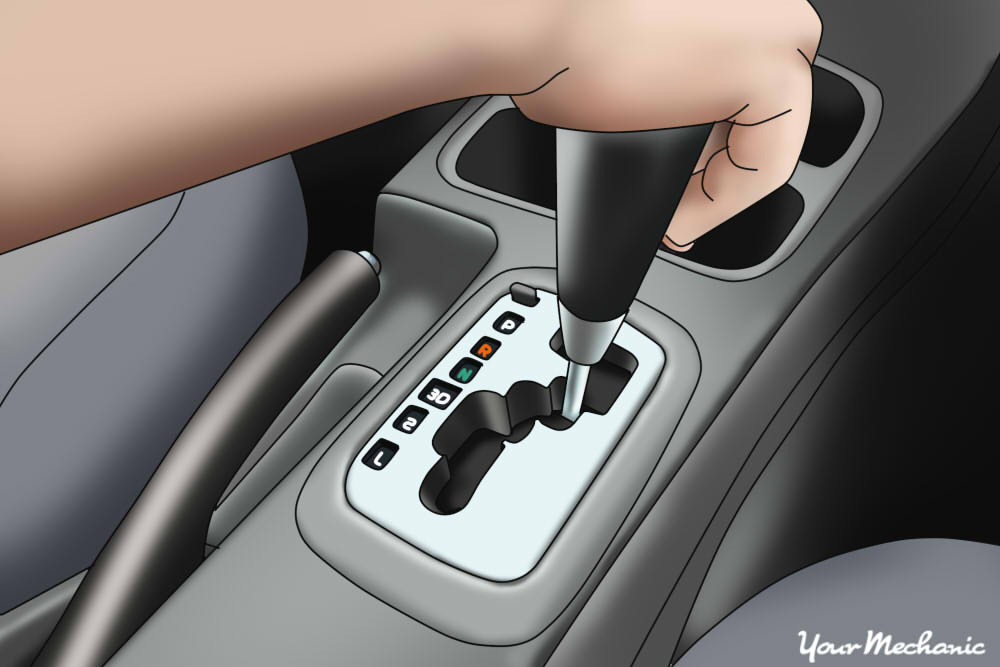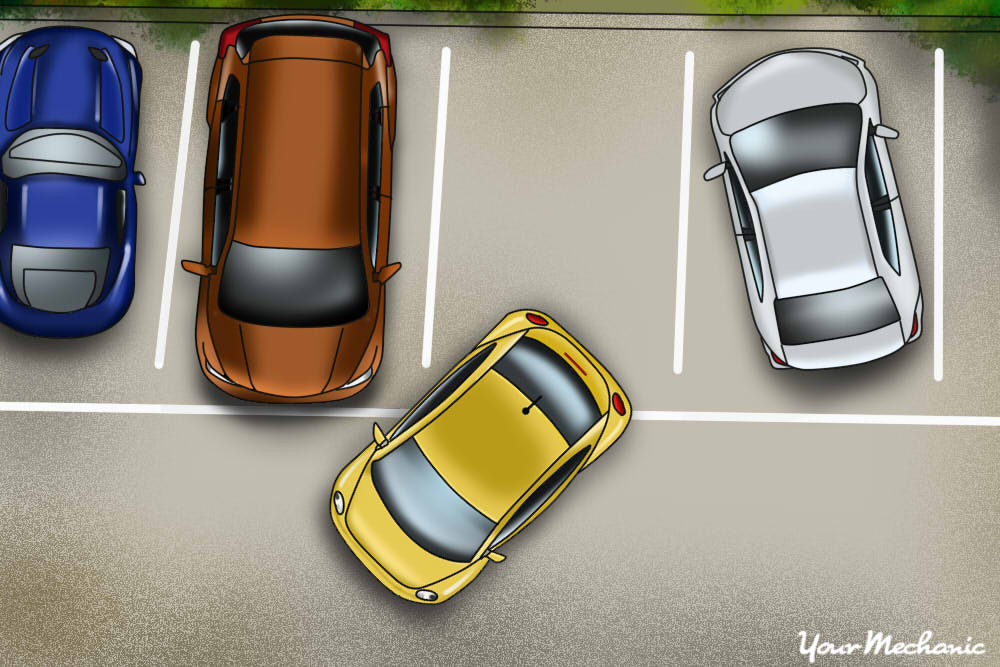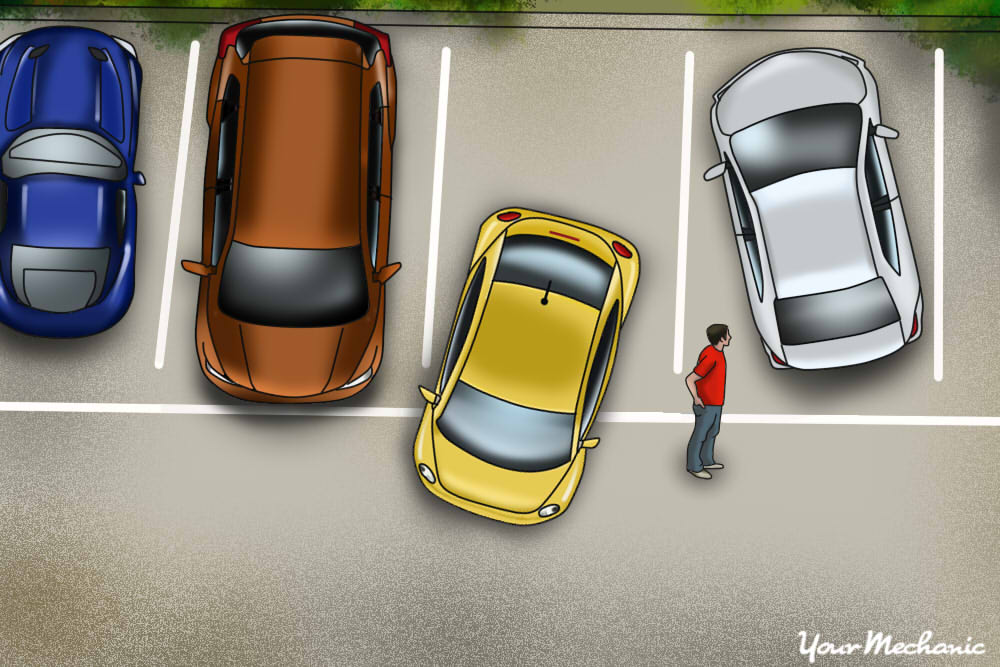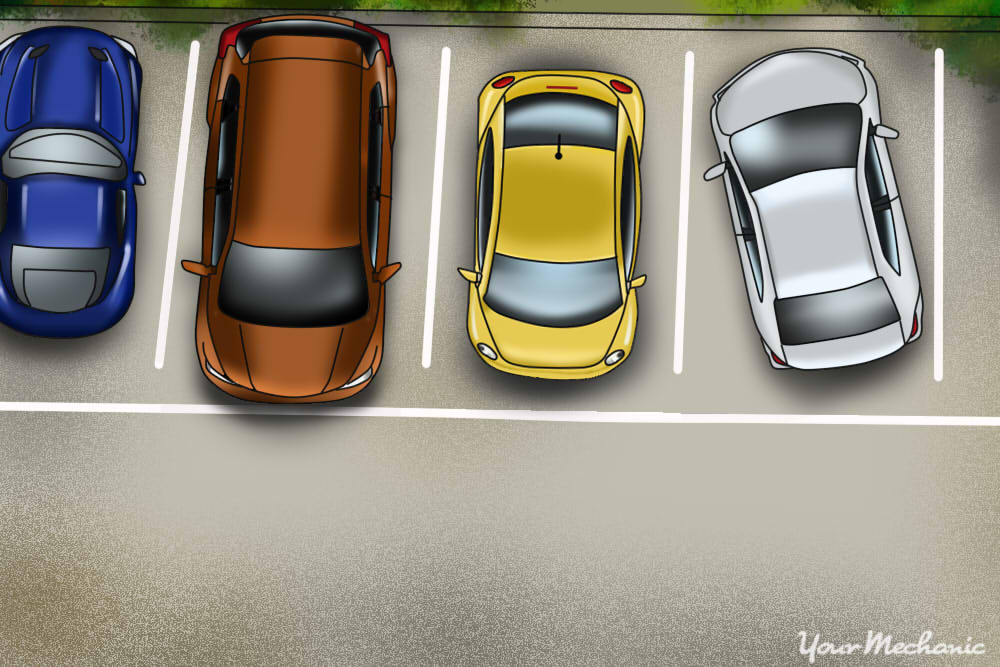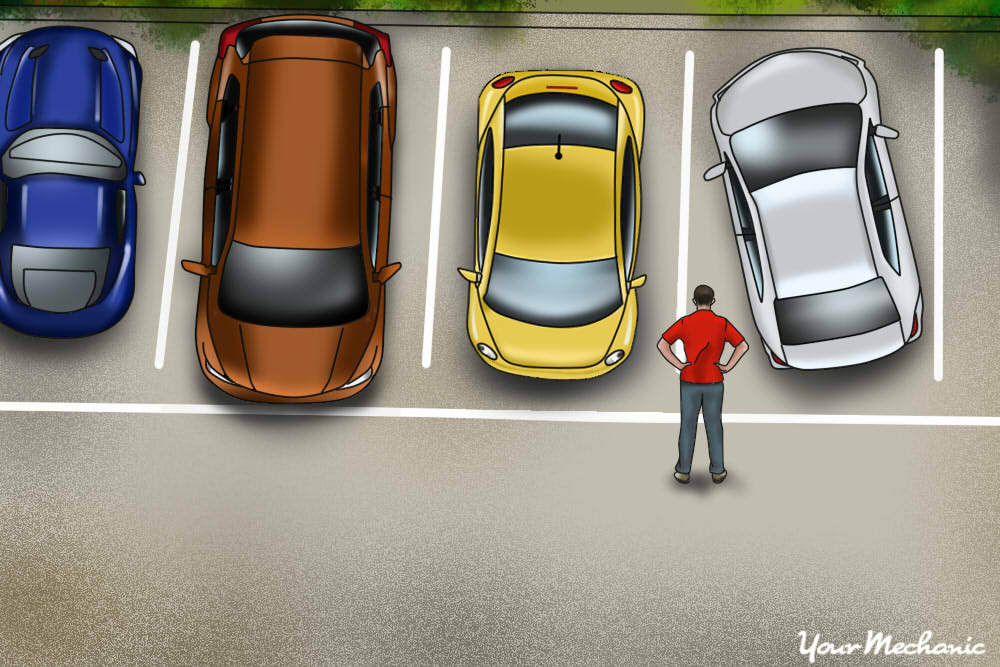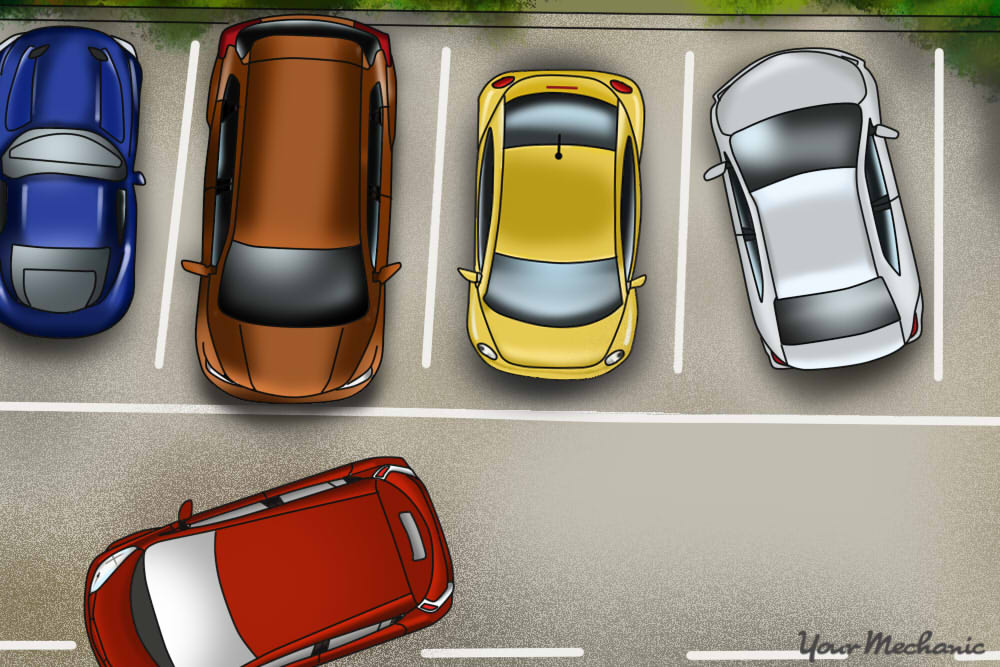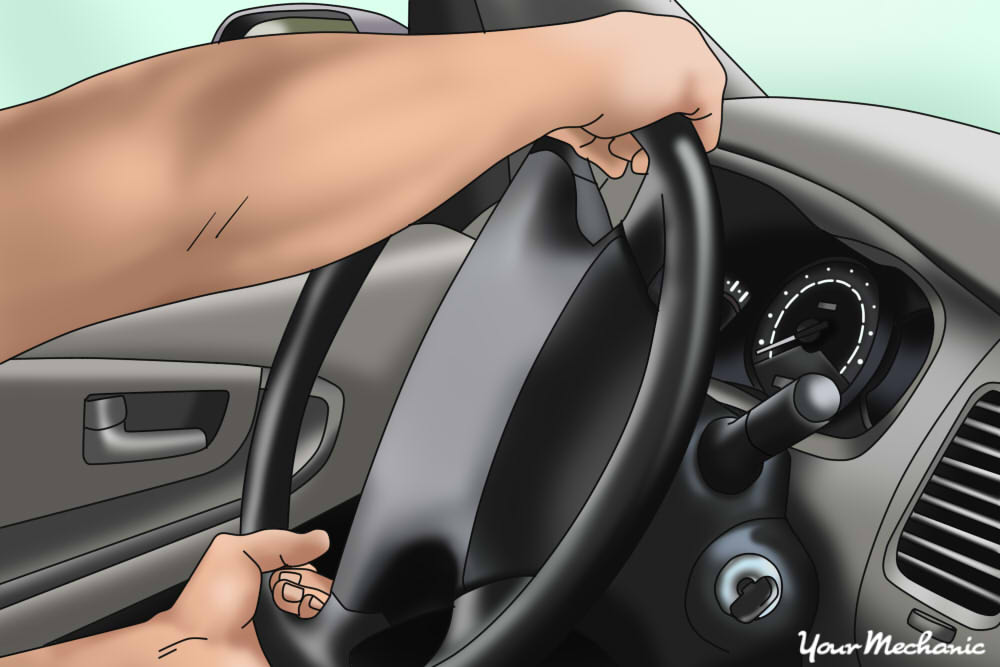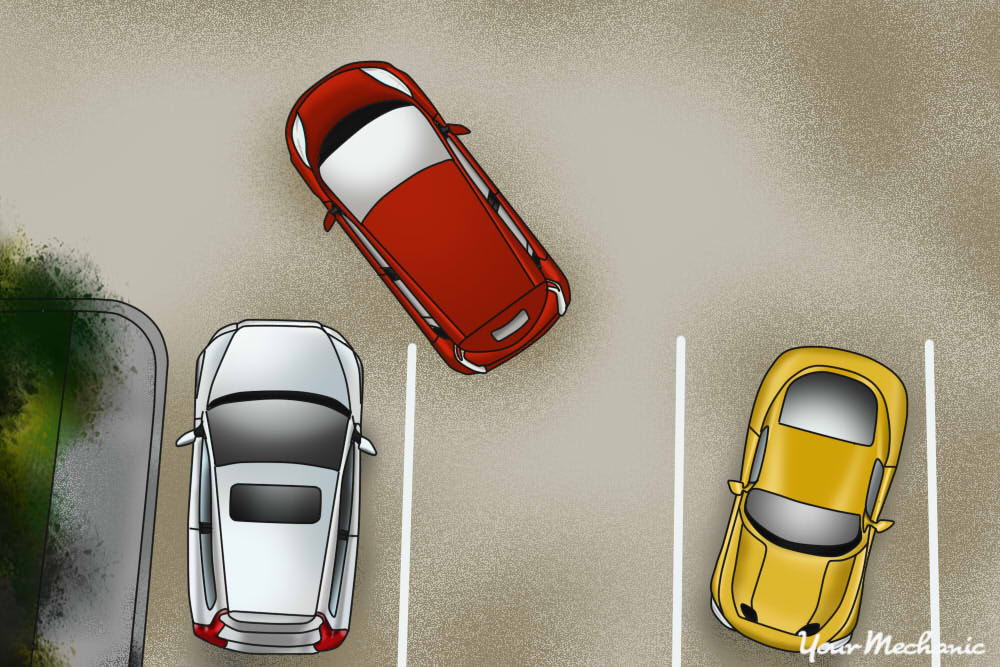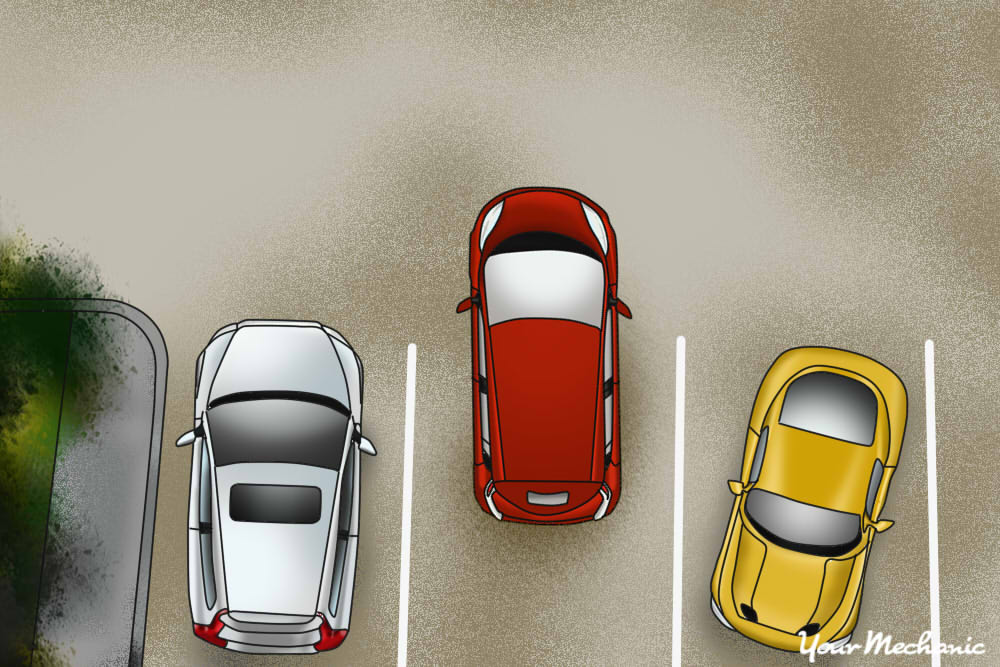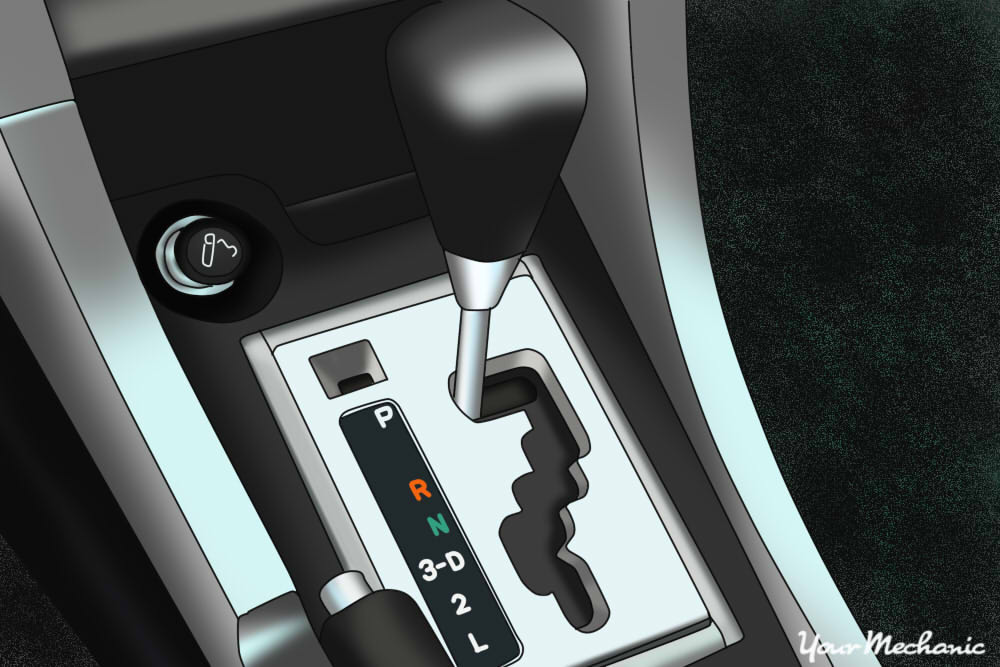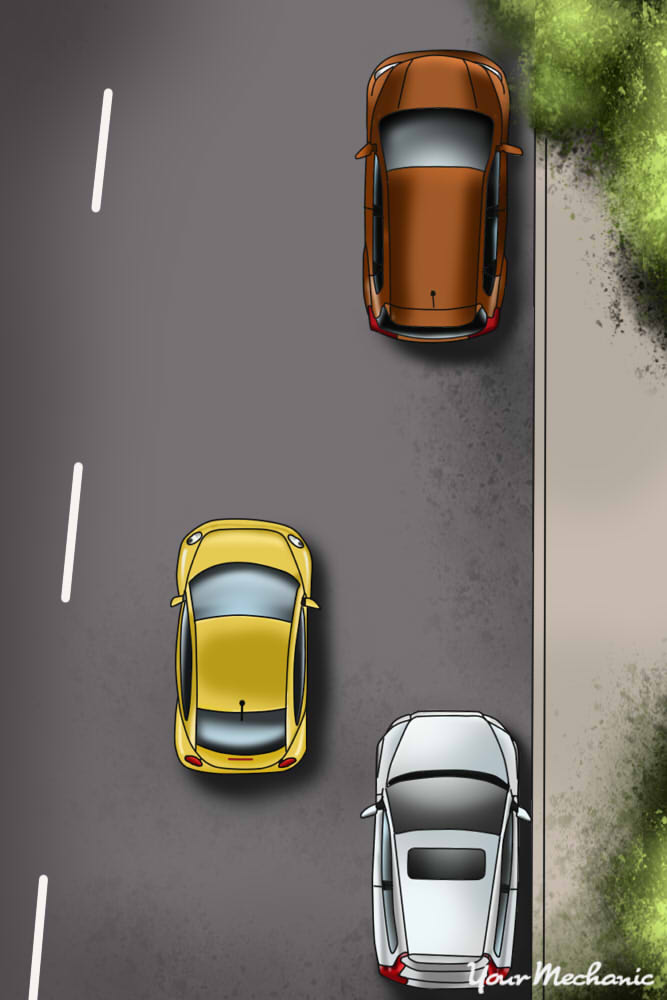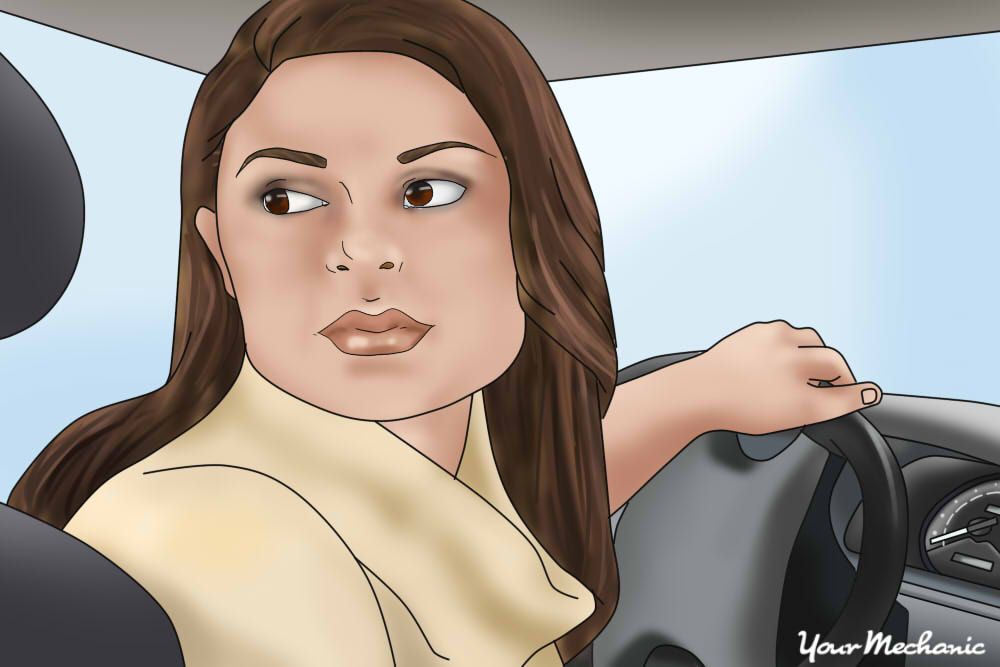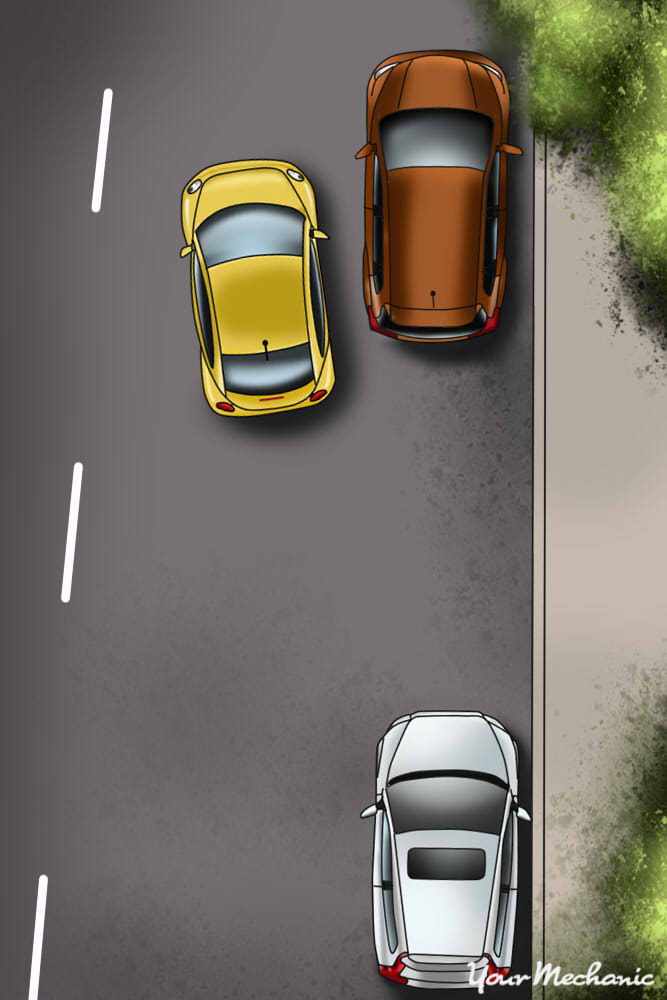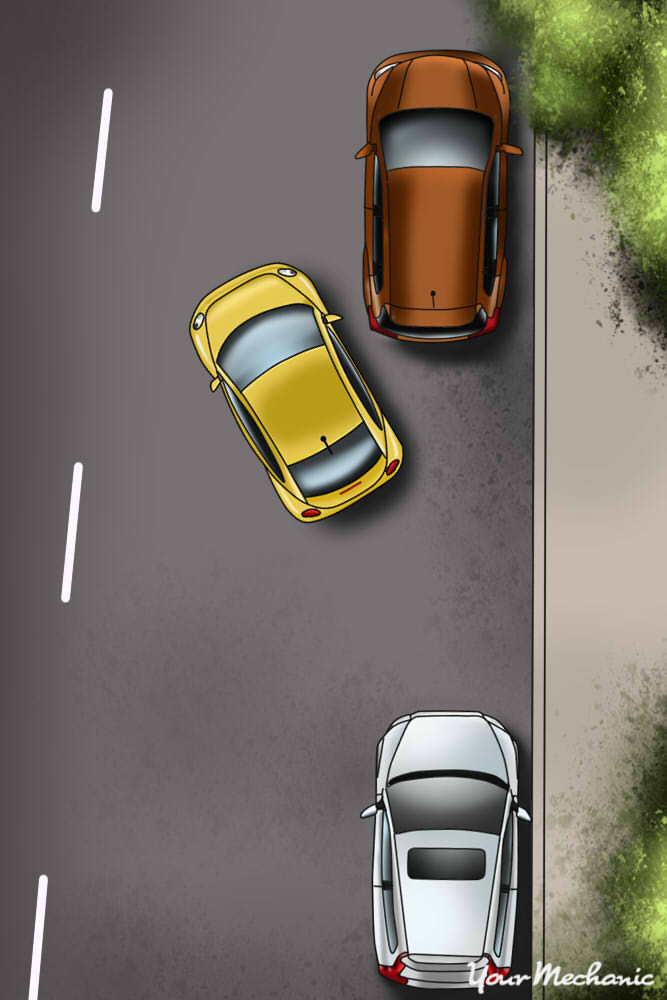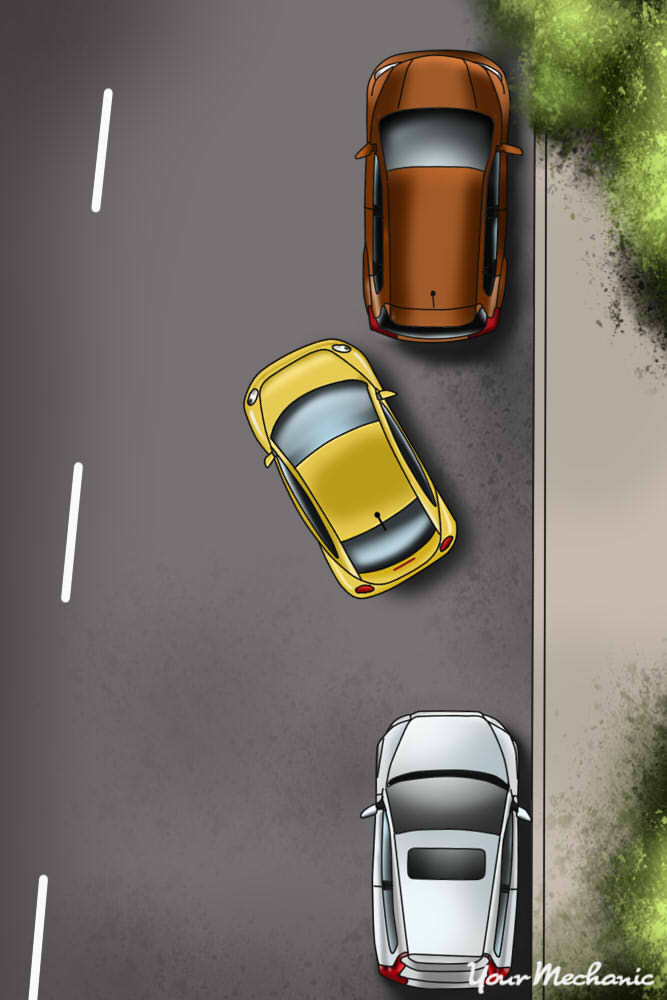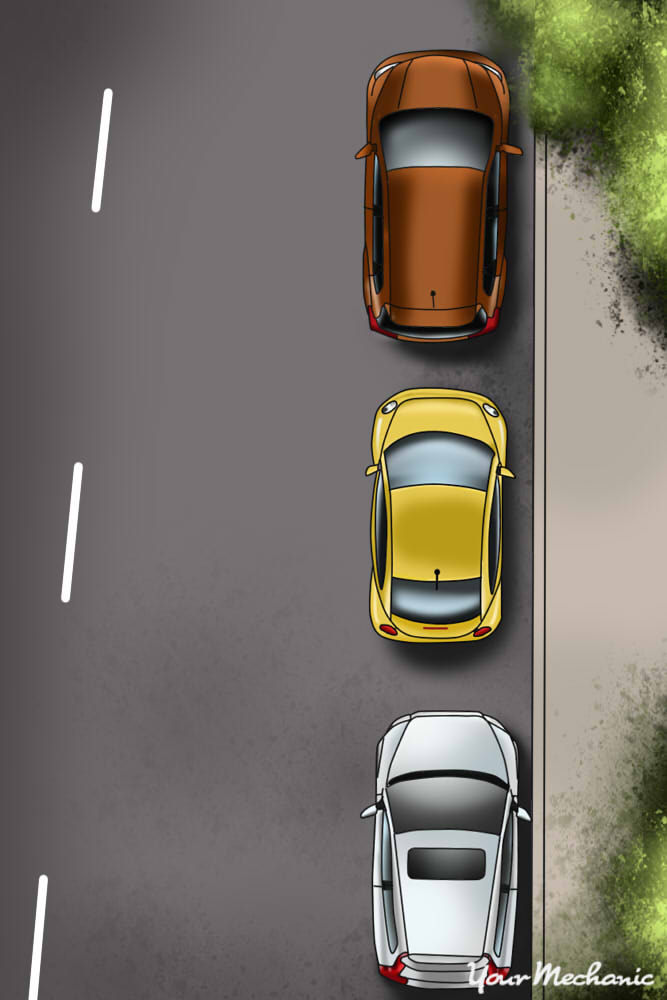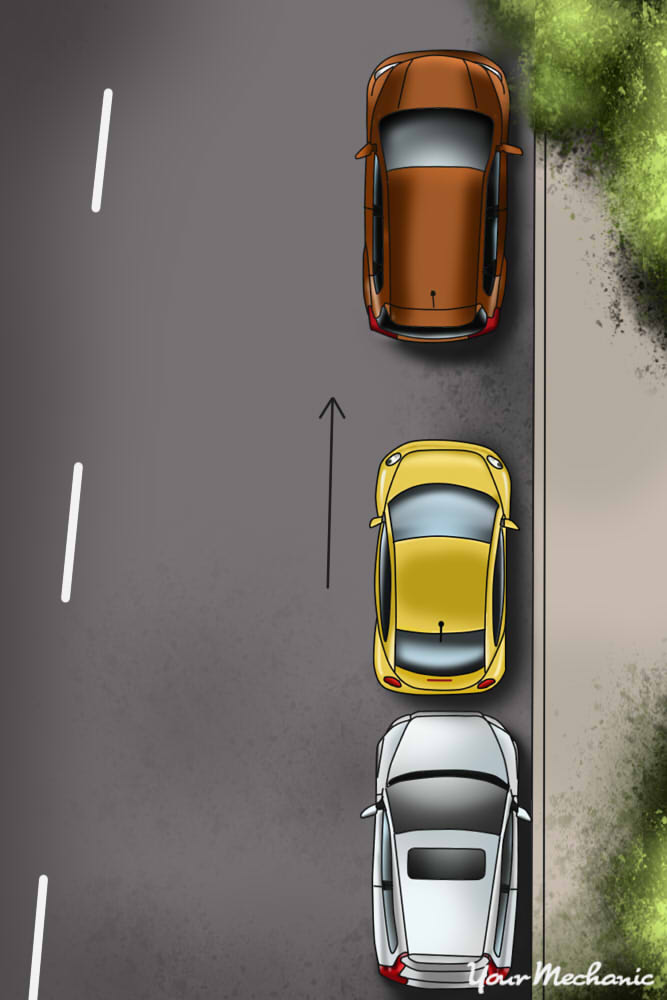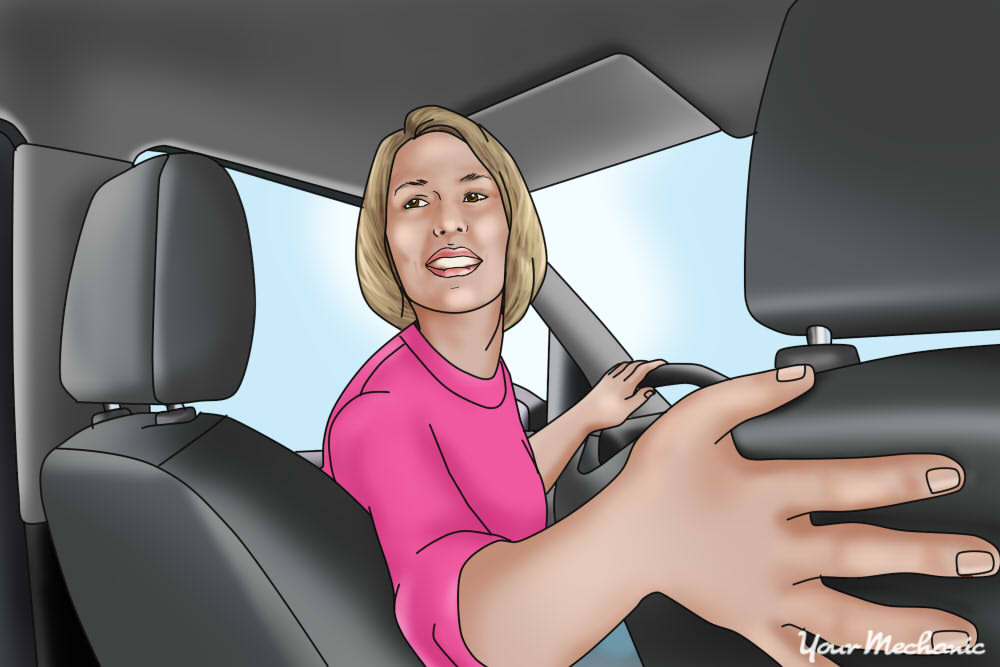

It is unavoidable that at some point, soon after you start driving, you will need to reverse into a parking space. At times you will find yourself in a tight position where the only options are to back into the spot or circle the block or parking lot several times until a different spot opens up. Other times, reversing into a parking spot may make your exit that much easier, especially when there is a mass exodus of vehicles from the same parking lot, like when a sporting event is over. Still other times, as is the case with the majority of street parking, a small parking space may require that you parallel park, which is perhaps the most dreaded driving maneuver there is.
Whether you need to reverse into a parking space because of necessity or because of convenience, being able to confidently reverse is a skill you need to have as a driver. It takes patience and should be practiced at least monthly to maintain your abilities as a capable driver.
Here are a few methods for reversing your car into a parking space.
Method 1 of 3: Parking in a spot on the right side of a parking lot
Step 1: Approach the parking spot. In a parking lot, maintain the same rights of way as on the road, keeping to the right side of the lane between the rows of parked cars.
For a parking spot to the right of your lane, signal to the right to indicate you are going to park in that spot.
Slowly drive your car past the open parking spot, carefully checking that there is enough space for your car. Check that the cars on either side are parked fully within the parking lines and that there are no obstacles in the parking spot.
As you drive past, slow your car to a crawl. Keep a distance of about three feet from the parked cars.
When your back bumper is even with the car in the space on the far side of your parking space, bring your car to a complete stop.
Step 2: Prepare to back up. Put your car in reverse. Keep your signal light on through as much of the procedure as possible.
Check your mirrors for vehicles coming up behind or beside you.
Keep a close eye on the right side of your vehicle with the passenger side mirror. Keep the corner of your bumper in view, and always maintain a space between the bumper and the vehicle in the next parking spot.
Step 3: Begin reversing your car into the space. Turn your steering wheel all the way to the right, then back a half turn to the left.
- Tip: A common body position for reversing is to put your right hand on the back of the passenger front seat while looking over your right shoulder. Steering is done solely with your left hand if you use this position.
Slowly begin reversing your car. You will pivot into the parking spot. Frequently check your left side mirror to make sure you are not on track to collide with the vehicle to your left.
Step 4: Correct as needed. Make slight corrections with the steering wheel to accurately position your vehicle in the center of your parking spot.
- Tip: Being aware of your vehicle’s size is important. It is difficult to gauge exactly how long your vehicle is when you are in the driver’s seat. If necessary, throughout the procedure, get out of the car and check your surroundings to make sure you aren’t going to cause damage to your vehicle or the vehicles around you.
If you are getting too close to the vehicles on either side of your car, stop your car. Put your transmission in forward gear and pull ahead slightly, correcting your position in the parking spot.
Step 5: Reverse all the way into the space. Reverse your vehicle into the parking spot until your back bumper is within six inches of the end of the parking spot. Be aware of vehicles or obstacles like concrete abutments, light standards, and shopping carts. Leave six inches between your bumper and obstacles behind you.
Step 6: Put your vehicle in park. Evaluate the distance between your vehicle and the cars on either side. Make sure there is enough room for occupants to enter and exit the doors.
If there isn’t enough room to enter and exit your vehicle or the cars beside you, put your car in forward gear and move forward slowly, correcting away from the vehicle you are too near to. Center your car in the parking spot, then reverse back into the spot.
Method 2 of 3: Parking in a spot on the left side of a parking lot
If the parking spot you wish to back into is on your left side, you can either:
- Find a location to turn around so the parking spot is on your right side and refer to Method 1, or
Wait for an opening in traffic to cross to the opposite side of the lane to reverse into the parking spot.
Tip: If you choose to back into a parking spot on the left side of your vehicle, do so in a calm yet swift manner. A lengthy parking process will block traffic in the parking lot and aggravate other drivers.
Step 1: Approach the parking spot. Check for oncoming traffic in the parking lane. Turn on your left turn signal, signifying that you intend to take that parking spot.
When the lane is clear, move your vehicle onto the left side of the lane, perpendicular to, and approximately 3 feet away from, the parked vehicles on that side of the parking lot.
Step 2: Position your car. Stop your car when your back bumper lines up with the corner of the vehicle’s bumper in the next parking spot.
Step 3: Put your vehicle in reverse and begin backing up.Turn your steering wheel all the way to the left, then back to the right about half a turn.
Step 4: Continue to slowly reverse into the spot. Keep an eye on the left outside mirror, making sure you keep space between your rear bumper and the vehicle beside you.
Frequently check the right side mirror and rearview mirror to make sure you aren’t going to hit other vehicles or obstacles nearby.
Step 5: Finish backing up. When your vehicle is parallel with the vehicles on either side of you, turn the steering wheel back to center.
Reverse slowly until you are all the way in the parking spot. Keep a distance of roughly six inches behind you so you don’t hit vehicles or obstacles behind you.
Step 6: Put your car in park. Evaluate your distance to the vehicles on either side and behind you. Correct your position in the parking spot if you are too close to another vehicle for occupants to get in and out of all the doors.
Method 3 of 3: Parallel parking your car
Parallel parking can be intimidating for even the most experienced drivers, especially in heavy traffic areas. Remain calm when you are parallel parking. Previous practice in a controlled environment or in a light traffic zone will make this process go much smoother when you need to perform a parallel parking maneuver in heavy traffic.
- Tip: If you are parking on the left curb, such as on a one way street, use the same process as the one detailed below, but substitute left for right and vice versa.
Step 1: Approach the parking spot. Once you spot a potential parallel parking spot on your right side, approach it slowly with your right turn signal on.
Gauge its size. It needs to be a minimum of 25% longer than your vehicle’s length. If it appears too small, go on to another spot.
Step 2: Position your car. Drive your car past the open spot, stopping your car so that your rear bumper is in line with that of the vehicle ahead of the spot and you are approximately twelve to eighteen inches from the parked car on your right.
Step 3: Prepare to back up. Put your car in reverse. Turn your steering wheel all the way to the right and keep it there.
Step 4: Begin reversing slowly. Your vehicle will turn towards the right side in reverse with the back end entering the parking spot first at an angle. Be deliberate in your control of the steering wheel, using both hands to maneuver your vehicle.
Step 5: Straighten out the wheels. When the driver’s side mirror lines up with the back bumper of the car on your right side, stop your car momentarily and turn the front wheels so they are straight ahead.
Continue reversing slowly straight backwards until the right front corner of the bumper is in line with the rear bumper of the parked car beside you.
Step 6: Turn your steering wheel to the left. Stop your car momentarily and turn the steering wheel all the way to the left.
Continue reversing into the parking spot. The front of your car will pivot into the spot and your front bumper will clear the rear bumper of the car in front of you.
Step 7: Reverse until your car is parallel with the curb. You should try to be between six and eighteen inches from the curb.
Step 8: Adjust as needed. Straighten the steering wheel. Reverse until you are a few inches from the bumper of the vehicle behind you. Turn your steering wheel slightly to whichever side you need in order to adjust your position.
Pull ahead until you are centered between the car in front of you and the car behind you.
You can easily exit a parallel parking spot by reversing straight back until you are a few inches from the bumper of the car behind you, then turning the front wheels to the left and pulling your car ahead slowly. Once your front bumper clears the rear bumper of the vehicle in front of you, you can cautiously enter traffic.
Parking in reverse can range in difficulty from pretty straightforward to rather intimidating. However, if you practice, are aware of your surroundings, and remember the simple steps from this guide, you’re sure to become very smooth and accomplished at parking in reverse.


